

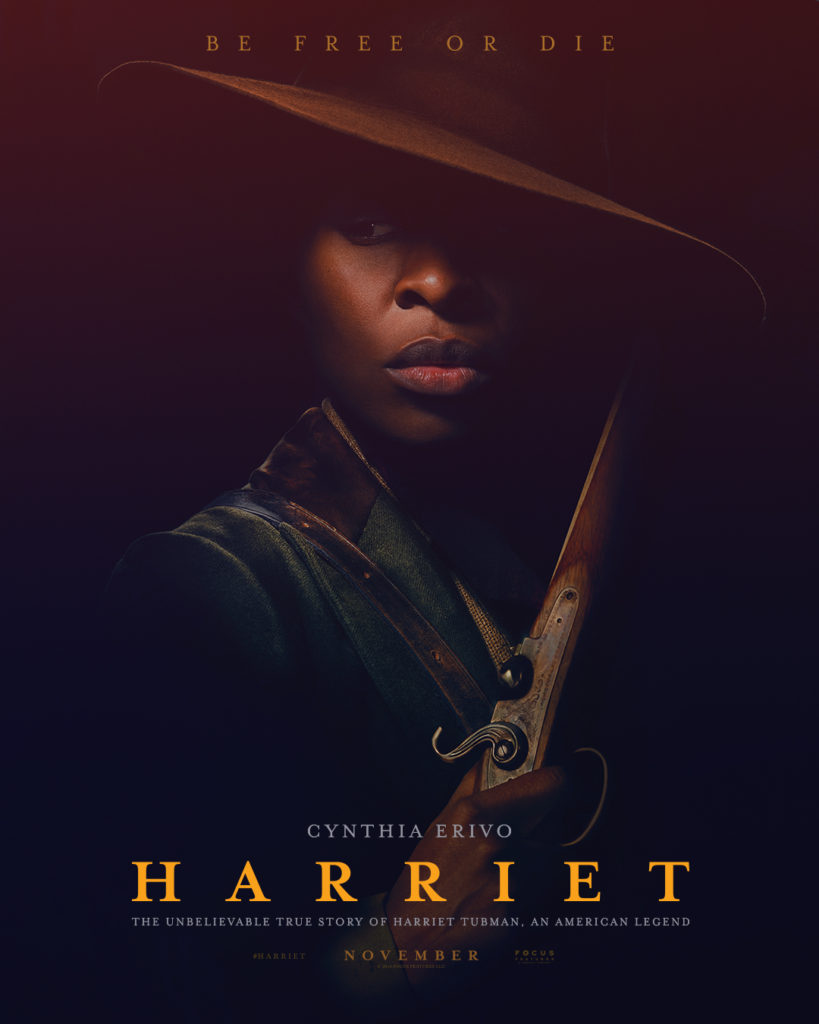
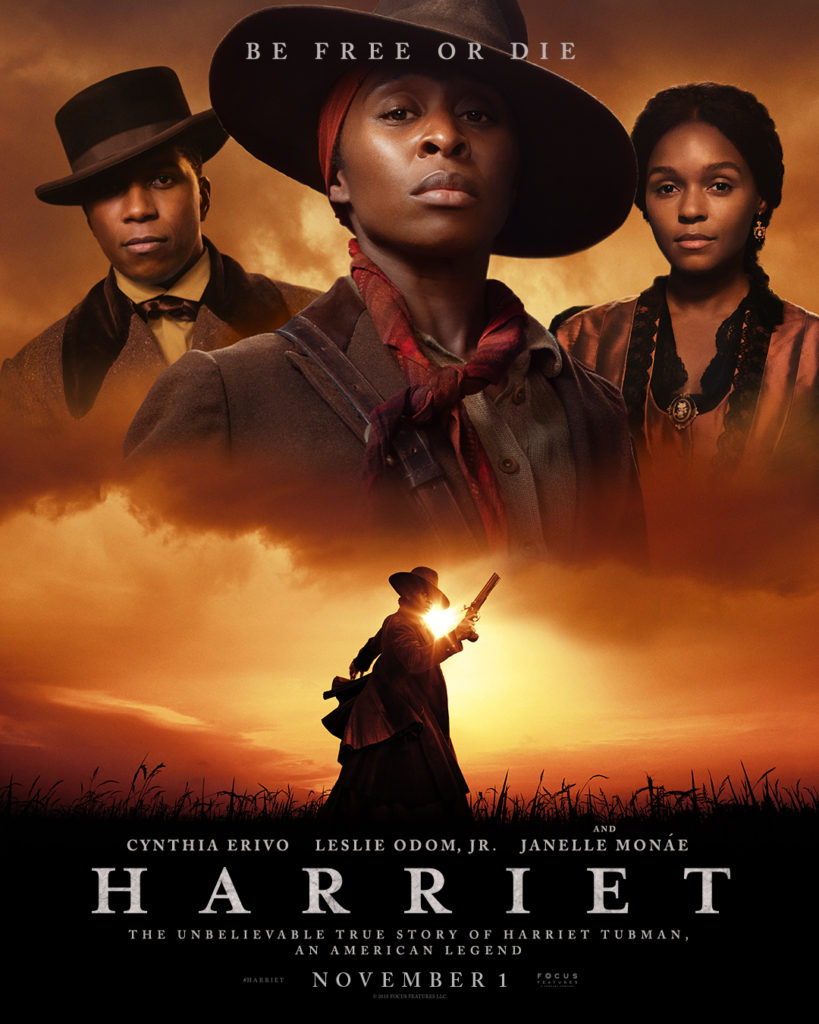
Filmmaker Kasi Lemmons has given us an inspirational lens through which to view Harriet Tubman, a woman—a Black feminist, God-believing, trance-having woman—so worthy of our gaze. Her latest film, “Harriet,” centers Tubman’s faith in God. She tells the story of Tubman’s complete trust in Divine Care as she made multiple journeys to freedom, liberating first herself and so many others from chattel slavery. You cannot take your eyes off Cynthia Erivo as “Harriet,” and you see every bit of the hero Tubman was and the moral clarity that directed her steps in her performance.
Now I know there are some issues with the choice of Erivo in this role. I had an opportunity to speak with the film’s director about the unearthing of perceived negative comments attributed Erivo on Twitter about African Americans, and the immediate backlash that a British born woman of Nigerian ancestry was going to play Harriet Tubman. “My first thought was that it wasn’t unexpected,” Kasi Lemmons shares. “In taking on a subject with such responsibility, we wanted to bring the best person to the role. Let’s not forget Harriet Tubman herself was two generations from West Africa. Cynthia is a triathlete. She had to do some serious spiritual preparation for this role. I could not be more pleased with her performance. Cynthia stepped into a situation—a situation fraught with peril because everybody will have something to say about it—with courage.”
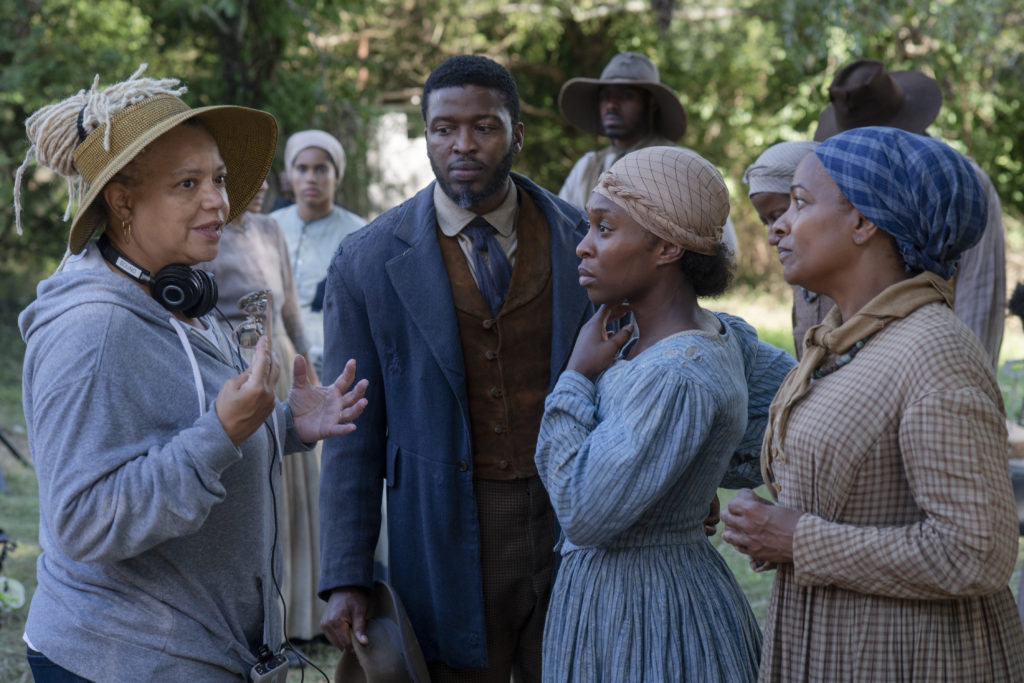
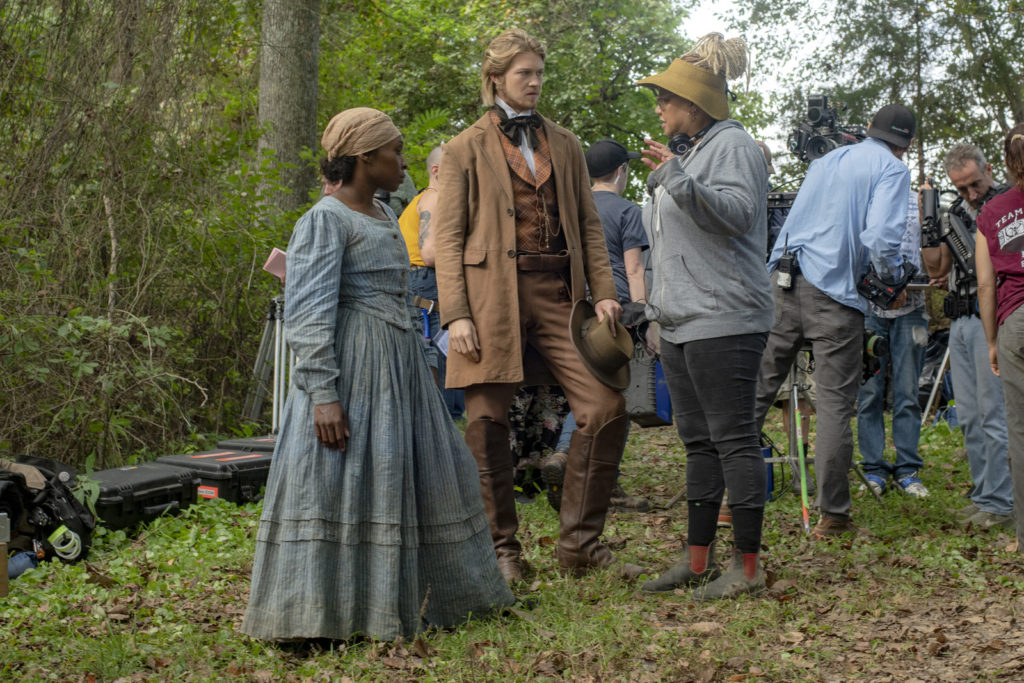
In a film written by Black women and envisaged by a Black woman director, I can’t argue with Lemmons’ assertion. And I am puzzled by the tendency to view films about historical characters as though they are documentaries. I hold Harriet Tubman dear for reasons. But please recognize that any telling of her story requires choices about how to tell her story. Lemmons chose Harriet’s faith in God as the skeleton she hangs the meat of this film on. I found some of the film’s most compelling moments were Harriet’s moments in the spirit realm during her “spells.”
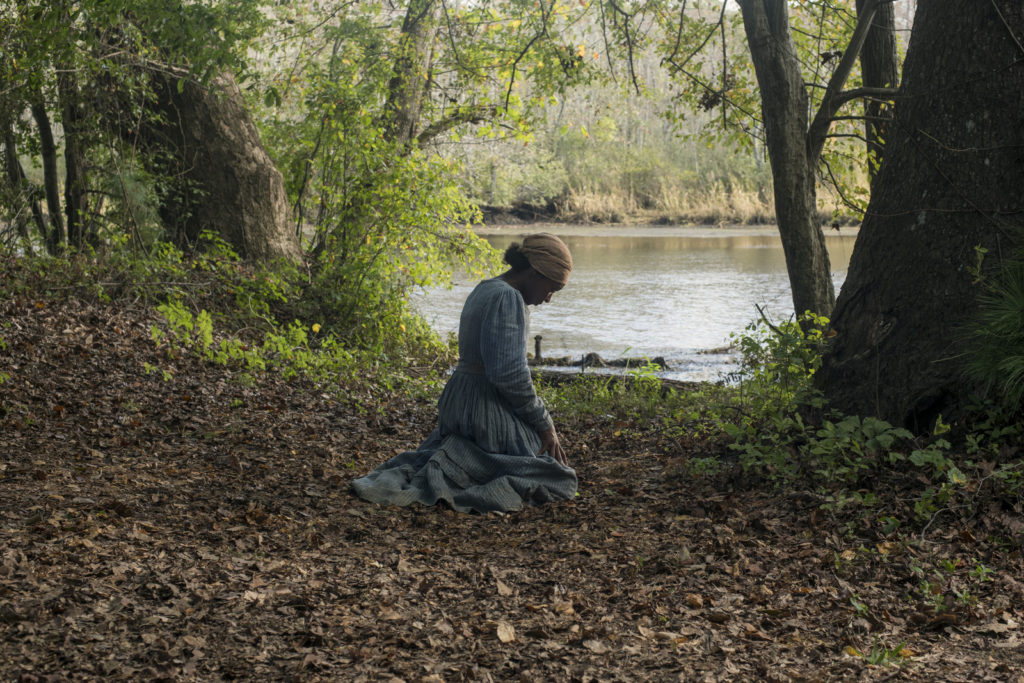
Lemmons says, “When I got into the research, Harriet’s faith in God was such a huge part of her story. She had direct conversations with God.” Lemmons’ choice to inspire us with the courage of Tubman’s convictions was powerful, but I also appreciated that Harriet was also portrayed as fully human, with feelings and a sex drive. Historical Black women are often presented as asexual, and in “Harriet” we see her not only longing for her man, but feel her pain when she finds out he took another wife after she escaped to freedom. I asked Lemmons about this choice, and she said she set out to present Harriet Tubman as a real human being. “I wanted you to feel like you were spending time with her,” she says. She further explains that in the scene when Harriet gets her heart broken, Tubman’s own words about that moment were: “I howled.” “That made her accessible to me,” Lemmons said. “It’s a very Black woman thing to do. We often have to take our heartbreak and our sorrow and turn it into strength so we can survive.”
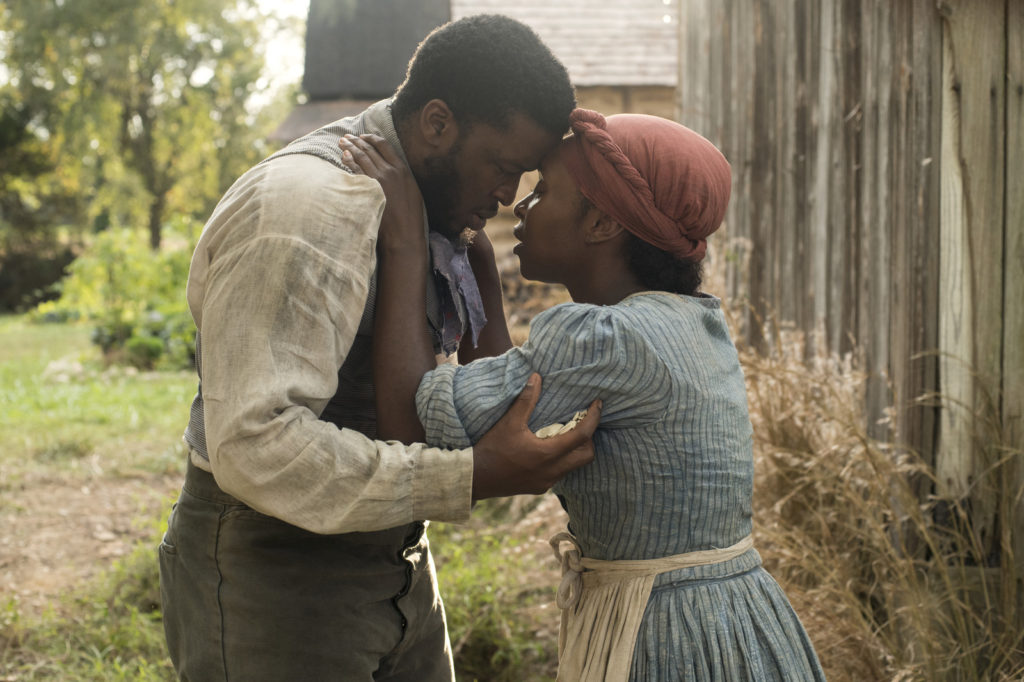
Speaking of heartbreak, I was nervous about seeing the film for the trauma factor alone. How much was “Harriet” going to wreck me? How much wine was I going to need when I got home? How intense would the depictions be, of what women who share my DNA endured in this country 170 years—just seven generations—ago? It wasn’t difficult to watch what she endured. The scene when Harriet crosses into freedom is worth it alone. But watching “Harriet” reminded me of the power of a changed mind. Reminded me of what can happen when just a single person says “enough.” Reminded me again of what a total badass Harriet Tubman was. Fearless. Courageous. Unstoppable. I watched this film with a small group of people, only three were Black women. We all ended up in the same row. We were the last to leave the theatre after the credits rolled. Three Black women. Sharing a human moment of pain, pride, and throat lumps. And then I soared. “Harriet” is powerful and deserves to be on everybody’s must see list. Period.
Here are some books about Harriet Tubman:
Scenes in the Life of Harriet Tubman by Sarah H. Bradford
Harriet Tubman in her Own Words by Julia McDonnell
Harriet Tubman: The Road to Freedom by Catherine Clinton
Battle Cry of Freedom: The Civil War Era by James M. McPherson